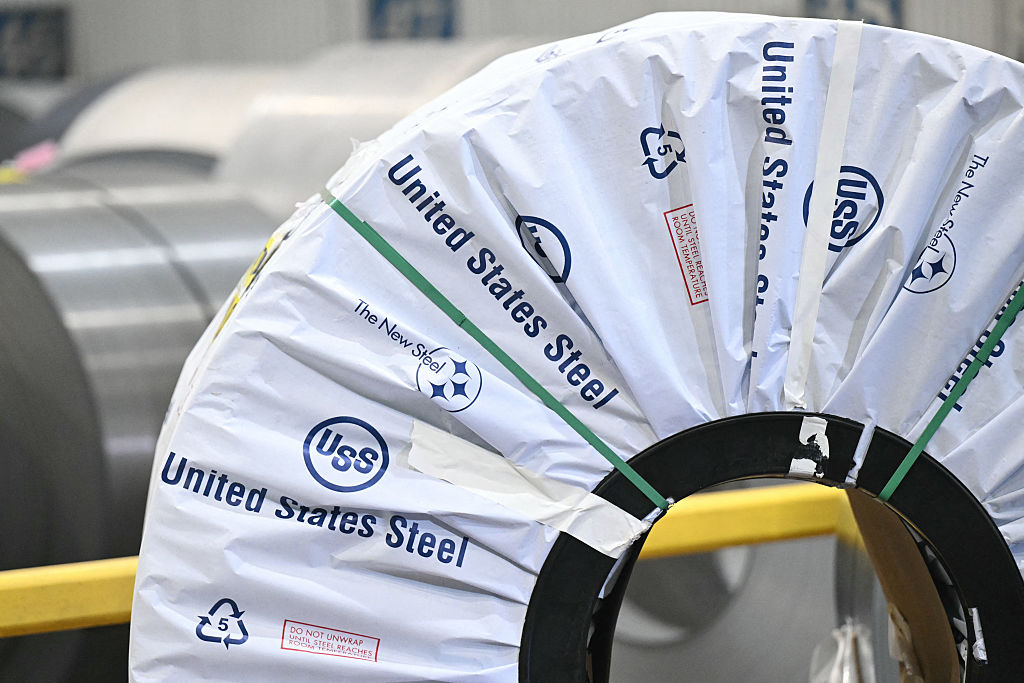No Economic Blues Inside the Beltway
Bloomberg reports that Washington has now surpassed Silicon Valley as the metropolitan area with the highest household income.
Federal employees whose compensation averages more than $126,000 and the nation’s greatest concentration of lawyers helped Washington edge out San Jose as the wealthiest U.S. metropolitan area, government data show.
The U.S. capital has swapped top spots with Silicon Valley, according to recent Census Bureau figures, with the typical household in the Washington metro area earning $84,523 last year. The national median income for 2010 was $50,046.
But not so fast, says urban economics guru Richard Florida. Recently on the defensive after some claims that his once-celebrated “creative class” of places like San Jose has collapsed, Florida writes that the methodology behind income measurement is flawed as an overall indicator of economic vitality:
Income is a broad measure which captures wages and salaries earned but also transfers, profits, interest payments, capital gains, rents and other forms of earnings. There are lots of resort destinations like Naples, Florida, for example, which have high incomes. This is because they attract people with wealth and incomes generated elsewhere. Wages more accurately reflect local earnings and productivity. To get at this, my colleague Charlotta Mellander examined the ratio of wages to income. Places with higher ratios import less income from elsewhere, depend less on transfers or rents, and generate more of their earnings and income locally … Washington may be the wealthiest metro in the nation in terms of income, but Silicon Valley, with a very similar level of income, generates considerably more of it locally and from wages.
Some argue that a large part of DC’s non-federal wages do indeed come from elsewhere — and one source likely to make OccupyDC protesters upset is the financial services industry.
“Wall Street has moved to K Street,” said Barbara Lang, president and chief executive officer of the DC Chamber of Commerce, referring to the Washington street that’s home to prominent lobbying firms. “Those two industries clearly have grown in our city.”
But will the Beltway’s day in the sun last? At The Atlantic, Derek Thompson speculates that these numbers are already out of date:
I’d be willing to bet that D.C. and San Jose will switch places again next year. The Bloomberg survey looks at 2010 data. In 2011, Republicans have pressed Congress to control spending, and the region has suffered. Since April, the number of employed people in the District has dropped by 9,000 … Even so, Washington, D.C., is much healthier than almost any other metro area in the country precisely because so much business revolves around the nearly recession-immune federal government, as opposed to the real estate and manufacturing industries, which expand and contract based on uncertain demand rather than guaranteed services.
